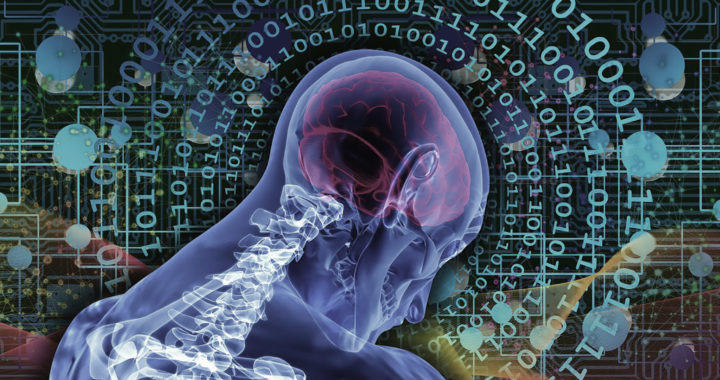The terms architecture, algorithm, and model are different but related concepts in the field of artificial intelligence. There can be confusion as regards the usage of each because of their relatedness. However, considering specifics and technicalities, it is important to note that there is a stark distinction between the three.
AI Basics: Understanding the Difference Between Architecture, Algorithm, and Model in the Field of Artificial Intelligence
Straightforward Definitions and Differentiations
Architecture is the overall structure or design of an artificial intelligence system. It is sometimes called a framework. It includes the choice of components and their connections. A better example is the architecture of a particular artificial neural network that has a defined arrangement of layers and nodes that make up the entire network. Specific examples of artificial neural network architectures include Feedforward Neural Networks, Convolutional Neural Networks, Recurrent Neural Networks, and Generative Adversarial Networks.
Take note that an AI architecture is not enough to implement a particular AI system or an AI application. Remember that it is a general framework. It would need an algorithm and a model to create an entirely functional system. The architecture serves as the general framework of an AI system while the AI algorithm and AI model provide additional structures that define the scope of functions and capabilities of the system.
An algorithm, as used in artificial intelligence, refers to the set of rules or procedures that a system uses to perform a specific task. It can be likened to a recipe or a set of instructions that a system follows. Common examples of AI algorithms include linear regression, logistic regression, and decision trees. Another more specific example is the backpropagation algorithm that is used in different artificial neural network architectures to adjust the weights of the connections between nodes during training.
On the other hand, a model is the is a representation of a problem domain or a task that a particular AI system intends to solve or accomplish. It is created by training a machine learning algorithm on a dataset. Remember that an algorithm is a recipe while a model is the finished dish. Specific examples of AI models include large language models and transformer-based models such as BART from Google and GPT from OpenAI.
Using Analogy to Understand the Difference Better
Understanding better the difference between architecture, algorithm, and model in AI requires using an analogy. Consider a vehicle as an example. The architecture would serve as the overall design and structure of the vehicle. It also defines the size of the vehicle or if it is a sedan or a pickup truck. The architecture includes basic parts such as the chassis, body, suspension, engine, and transmission. Furthermore, in consideration of the same example, it provides a framework for defining how each component is connected and works together.
The algorithm can represent how the vehicle should operate. It would define how the transmission works, what kind of engine it uses, and other features that would make the vehicle work. The model is somewhat similar to this but it defines the more specific features or capabilities and unique selling propositions of the vehicle. It is a product of building and testing the architecture and algorithm to create a unique functioning vehicle.
In summary, the architecture is the overall design of the vehicle, the algorithm is the set of rules that govern how the vehicle operates, and the model is a specific implementation of the design and rules that have been built and tested. Hence, in artificial intelligence, the architecture is the overall design or general framework of the AI system while the algorithm is the set of instructions that the system follows to perform a specific task and the model is a specific implementation of the algorithm trained on data.
The terms architecture, algorithm, and model in the field of artificial intelligence can be confusing because they are interrelated and can overlap in certain ways. Some commentators and writers also use these concepts interchangeably. Adding to the confusion is the fact that the terms can have different meanings in different contexts or fields. Understanding the difference between the three is essential to understanding the basics of artificial intelligence.
